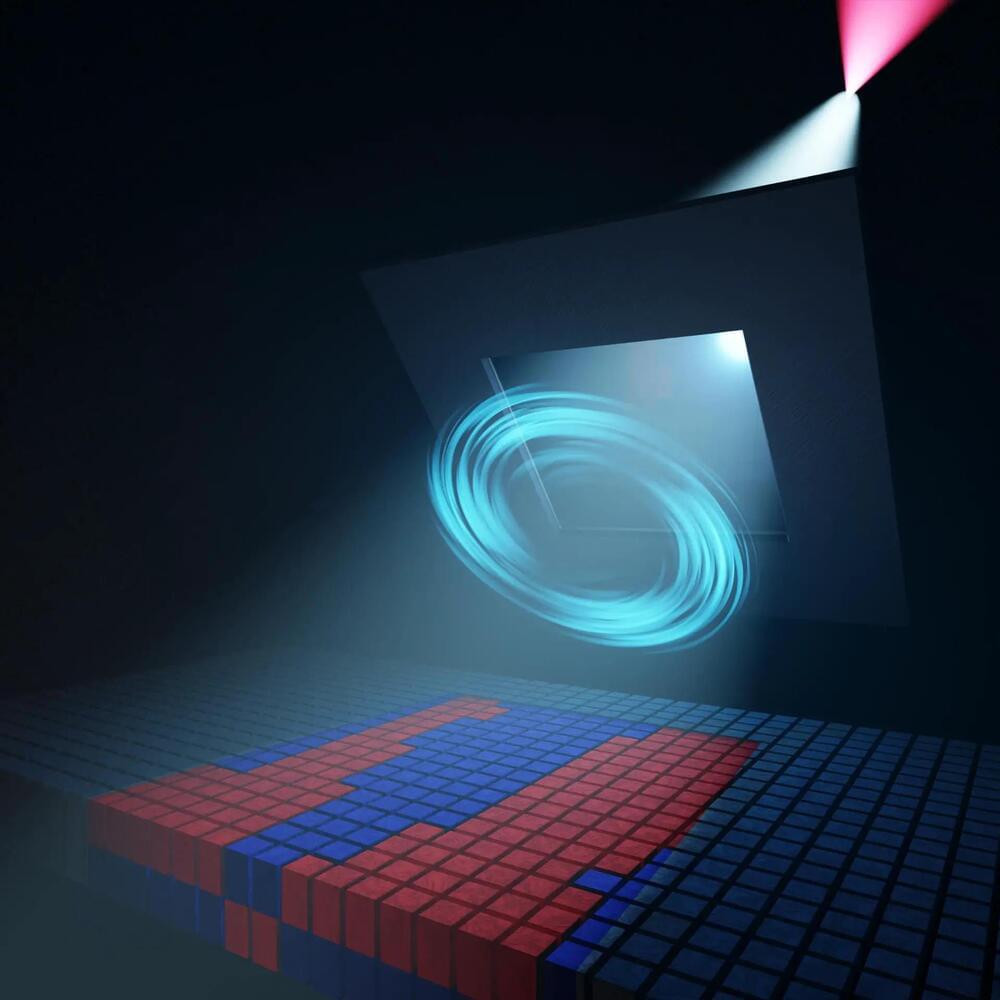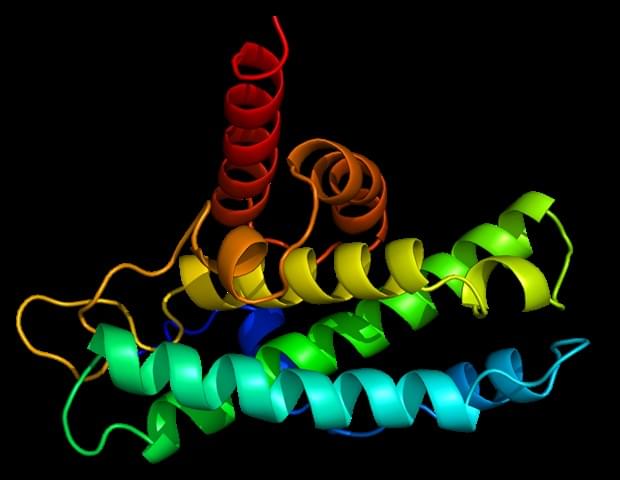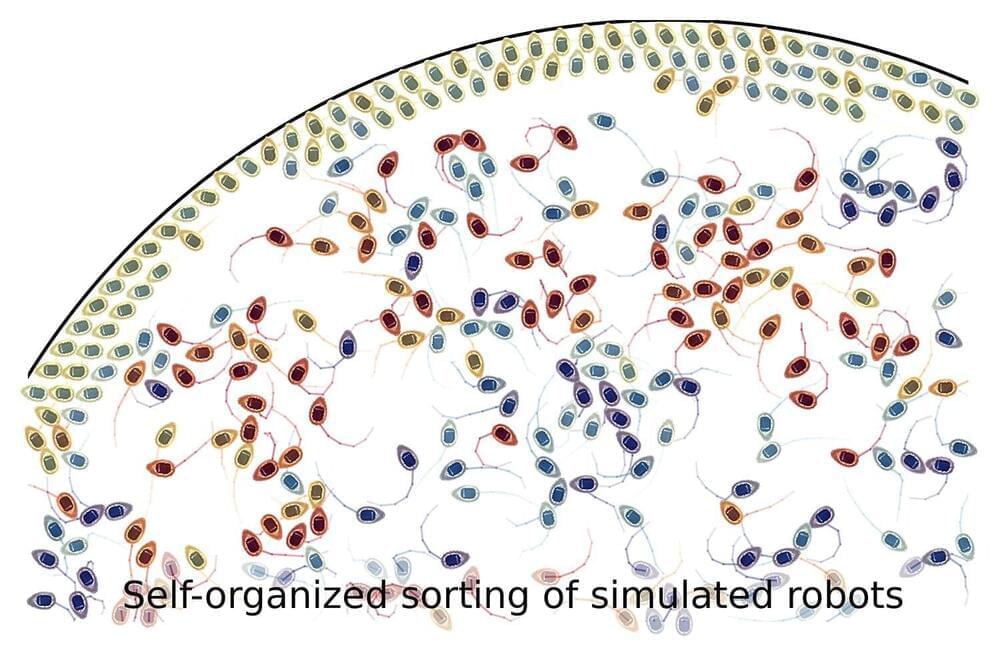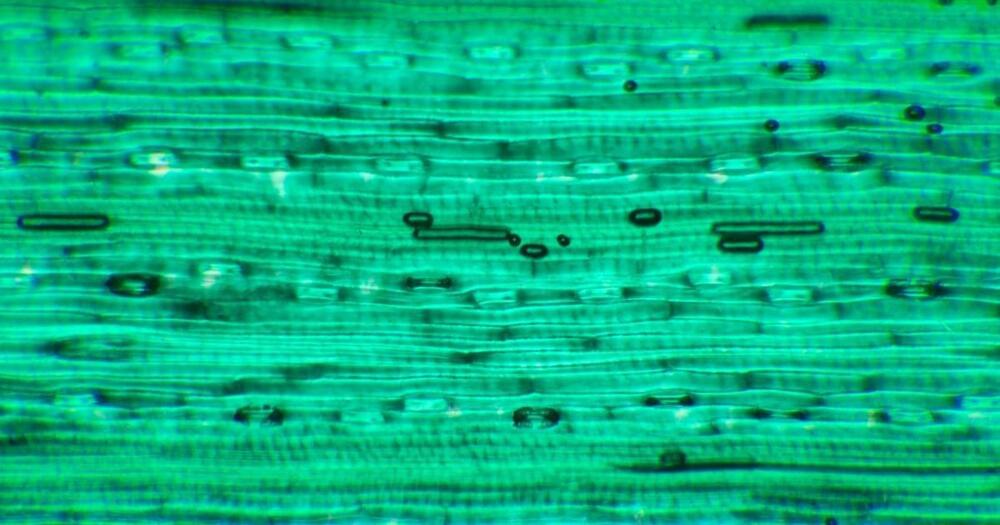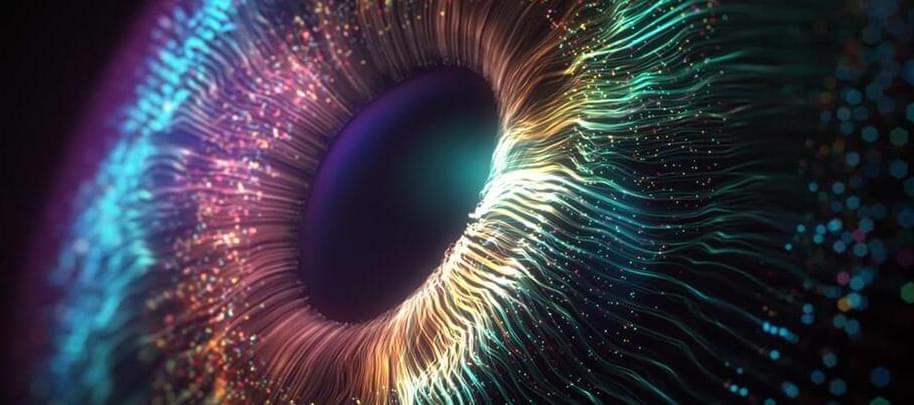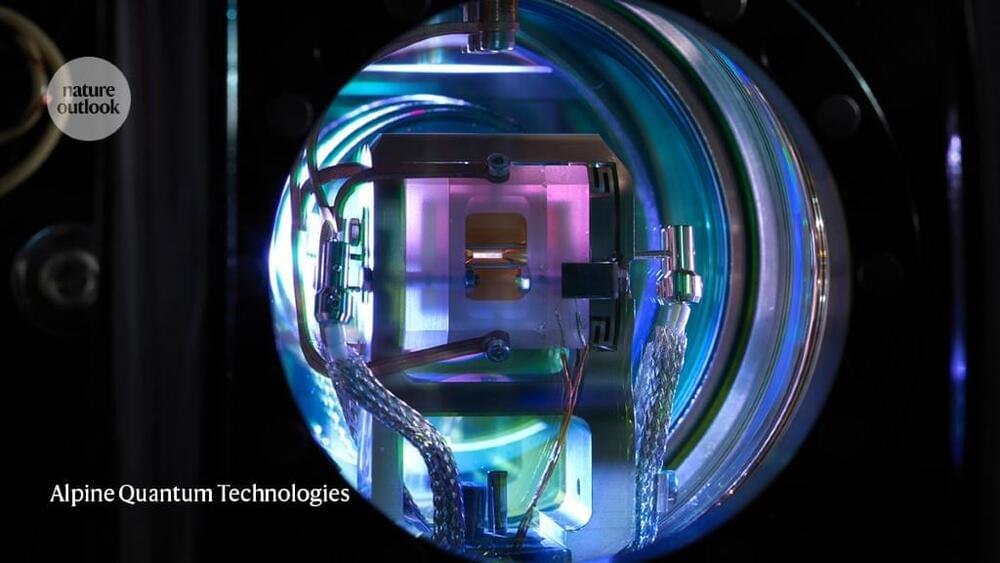May 28, 2023
Advances in Nanoelectrochemistry: Enabling New Discoveries in Small Volume Chemistry
Posted by Paul Battista in categories: chemistry, education, nanotechnology
In this interview conducted at Pittcon 2023 in Philadelphia, Pennsylvania, we spoke to Dr. Jeffrey Dick about his work studying the chemistry of small volumes and nano-electrochemical tools.
What is your background, and what first attracted you to this field?
My name is Jeffrey Dick, and I grew up in Muncie, Indiana. I studied chemistry at Ball State University and fell in love with research and education.

